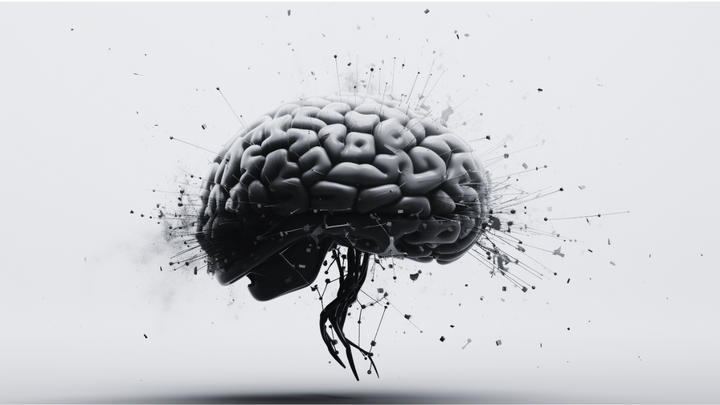Emotional Reactivity: How to Take Control of Your Situation
Re-gaining your control in life, business and relationships

Years, I have spent years inside my head asking myself:
What will my future look like?
Am I going to be a success or failure?
Am I on the right path?
What is the purpose of all this anyway?
All of these questions spark feelings of anxiety or depression. The thoughts tend to compound, further intensifying these feelings into a death spiral. Before we know it, its been months of feeling on-edge— feeling like everything is crumbling around us. We can’t help but think our own actions are causing these pitfalls.
But I am here to tell you, it doesn’t have to be this way. There is a way out, let me show you.
Emotions are Just Emotions
The first principle that allowed me to break out of these spirals was recognizing a simple fact: emotions are a natural occurrence within our bodies, that hold no further meaning.
That can seem like a loaded principle, so let’s break it down.
Emotions occur to everyone, all day, everyday. We all feel things. Yes, some of us feel things more intensely than others. Regardless, we all experience them. The key difference is realizing they are temporary.
The emotions we experience are time constrained. Happiness, sadness, stress, bliss, anger— all of these eventually pass leaving us to our own devices.
Most of us feel like we need to take some sort of action when we feel a certain way. We might eat ice cream when we are sad, go to the gym when we are angry, or call our best friend when we are stressed.
Each of those are actions executed because of an emotion. This is the reactivity part of emotional reactivity.
The winning strategy is to deny this reaction that is so innate to our behavior.
Instead of letting emotions dictate our behavior, we have to regain our control over the motivations behind our behavior. So what does this look like?
A normal cycle looks like this:
Situation > Emotions Felt > Reactionary Behavior > More Emotions Felt > More Reactions > Consequences (could be good or bad)
This creates a cycle by which we are victims to our emotions, only able to behave based on how we feel.
A better cycle looks like this:
Situation > Emotions Felt > Pause + Letting the Emotions Fade (this could be minutes or months) > Chosen Behavior > Consequences (could be good or bad)
The key distinction was the pause. If we give our brain time to process emotions, and only then decide to what to do, 9 times out of 10 we will prefer the outcome than if we simply reacted to the initial emotion.
The pause restores our active choice of behavior, instead of a cycle of reactionary choices.
This framework for decision making is based on thought pattern studies conducted by Daniel Kahneman.
The 2 Types of Thinking Systems
Studies by Dr. Kahneman demonstrate that the brain operates in 2 modes:
A fast, emotional and reactionary pathway
A slower, logical and proactive pathway
The second pathway offers the preferred outcomes more often than the first. This can be seen often in the financial world.
Stock markets and traders often have emotional reactions to big losses or big wins. These initial emotions cloud their logic which in turn causes them to make mistakes they wouldn’t have otherwise made.
The same is true for everyday life.
When I struggled with feelings of depression and anxiety I tended to make the worst decisions when these feelings were the most intense. These decisions then created more feelings of depression and anxiety.
My life started to turn around when I let my brain process these emotions, and I waited to act. I won’t lie, it is difficult at first to resist acting. Its incredibly challenging to sit with emotions and not react. But just like working out a muscle, the more often you do it, the easier and stronger it becomes.
But it’s reality— our brain operates on these two pathways. Emotion comes first, and then the rational comes second.
Taking Control
The formula is simple: Accept that emotions are natural, let time process them, and then move on.
The difficult part is executing this formula day after day, emotion after emotion— but its possible.
And each rep makes it easier. I have personally applied this to my life and it has made a big difference.
These reps allow us to take back control over our lives, instead of letting emotional impulse dictate our situation.

